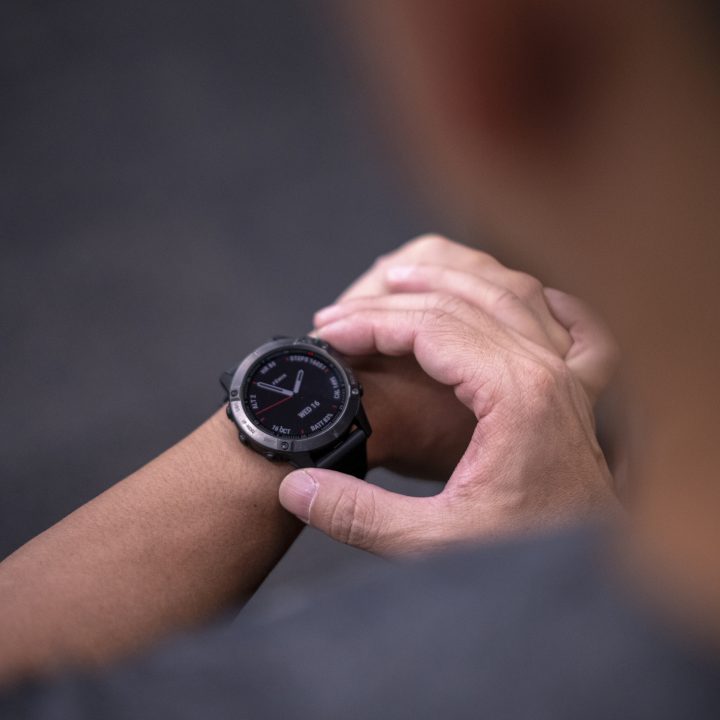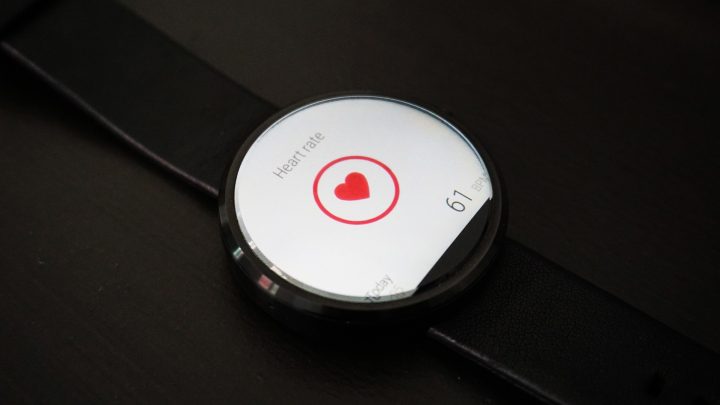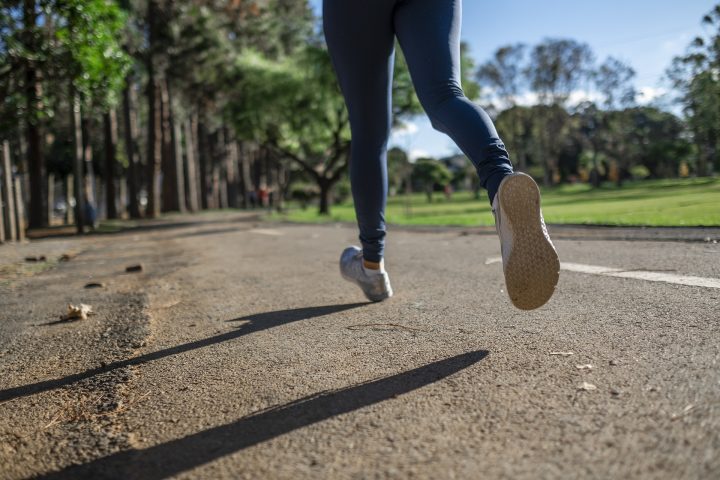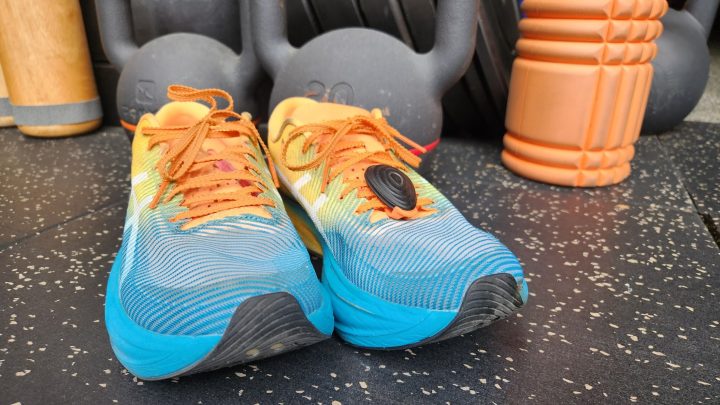
In every aspect of my life that is important to me, I always look for areas where I can improve and get better. The same is true when it comes to running. I understood that I would improve with every run I did, but I still wanted to do things systematically.
This is when I started to research if there were any specific metrics or statistics that I could measure on each run to see if I was improving. I stumbled upon things like a runner’s heart rate, cadence, and running power.
Those are the things that we’ll be going through in this article. We’ll go over what these metrics are, how to track them, and why you should even track them in the first place to improve your running performance and longevity.
HEART RATE
Heart rate in running refers to the number of times your heart beats per minute while you are on the go. As you run, your muscles require more oxygen and nutrients to keep moving, which causes your heart to beat faster and your heart rate to increase.
This is one of the most important metrics you can track as your heart rate will play a crucial role in both your easy and hard training days.

If you’ve been running for a while now you should be familiar with heart rate zones. As you become more systematic in your running, each specific training session would fall under a specific heart rate zone depending on your training plan and goals.
Here’s a breakdown of the different heart rate zones:
| ZONE 1 | 50% to 60% of your maximum heart rate |
| ZONE 2 | 60% to 70% of your maximum heart rate |
| ZONE 3 | 70% to 80% of your maximum heart rate |
| ZONE 4 | 80% to 90% of your maximum heart rate |
| ZONE 5 | 90% to 100% of your maximum heart rate |
Related Article: Understanding Heart Rate Zones Can Help You Run Better
By consistently tracking this metric, you will be able to maintain a proper pace on your easy runs and see how far you can push yourself in hard runs.
And over a period of time, you will also be able to see if you’re capable of running a faster pace while maintaining a lower heart rate.
CADENCE
Cadence in running refers to the number of steps a runner takes per minute. A higher cadence means a runner takes more steps per minute, while a lower cadence means a runner takes fewer steps per minute.

The optimal cadence for runners will vary from person to person as we will need to take things like running speed, running form, and the runner’s body type into consideration.
In general it is suggested that a cadence of around 170-180 steps per minute may be ideal for many runners.
There are several reasons why you need to track your cadence with one being a reduced risk of injury. A high cadence has been linked to a reduced risk of injury, particularly overuse injuries such as shin splints and stress fractures
By tracking this metric it will also improve your running performance overall. Cadence is an important factor in running speed, and increasing your cadence can help you run faster without increasing your effort level.
RUNNING POWER
Running power is a metric that measures the amount of mechanical work a runner produces while running. It is calculated by combining measurements of running speed and other factors like the terrain elevation.
Running power is typically measured using a running power meter, which is a device that attaches to a runner’s shoe.

There are also certain watches that can measure this as well, but may not be as accurate compared to using a running power meter.
Running power can provide valuable insights into a runner’s performance and can be used to optimize training and racing strategies. By monitoring changes in power output over time, runners can identify areas where they can improve their efficiency.
This metric can also be used to set performance goals and track progress over time. By setting goals based on power output, you can focus on improving your technique rather than just running faster.
HOW CAN YOU MEASURE THESE RUNNING METRICS?
Now that we understand the importance of tracking these running metrics, the next question is how do we actually measure them.
Here’s a few fitness gadgets that will help you do just that:
Garmin Forerunner 945: This watch costs PHP37,675 and can be purchased on Garmin PH’s official website.
Polar Verity Sense: This strap will help you measure your heart rate. This costs PHP5,690 and can be bought on the Boundless PH official website.
Coros Pace 2: This watch costs PHP11,499 and can be bought on Activ Gears PH’s official
Stryd Running Power Meter: This costs PHP14,500 and can be purchased on the Stryd Philippines official Instagram Page.
CONCLUSION
Training to become a better runner is more than just simply running further or running faster.
While doing both of those things will definitely improve your running, true performance and longevity improvements will come from being systematic and tracking the proper metrics.
It’s also important to note that the metrics discussed in this article are best to be tracked altogether instead of just choosing one over the other. By tracking all of the important metrics you will have a more complete picture of how to improve your running over time.






